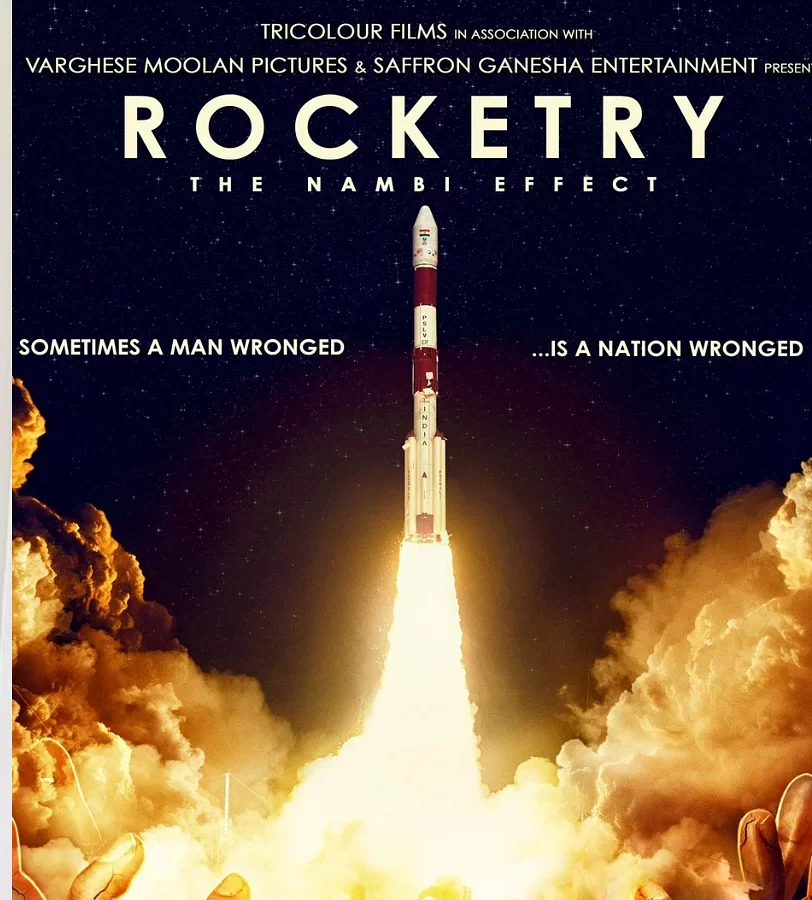Sony Pictures Imageworks and an on-site Autodesk Consulting team customized the Maya interface so that a wider range of stereoscopic controls could be manipulated through the software. This interface enabled the Beowulf team, including Zemeckis, to view and make real-time changes to the film.
Sony Pictures Imageworks, senior visual effects producer, Buzz Hays said, “With Maya and the enhancements Autodesk’s Consulting team added to it, we had an interface that let us interactively adjust the stereo depth and layout of sequences in Beowulf. This provided a whole new level of artistic control. It was a critical step in delivering the best possible 3D experience to viewers.”
Over an intensive two-and-a-half years, more than 250 artists contributed to the creation of human and mythical characters portrayed in the film. The artists relied on Maya for all animation shots, while MotionBuilder was used for all motion editing and blending.
Sony Pictures Imageworks’ technical animation supervisor, Corey Turner said, “MotionBuilder has been a part of our pipeline since we started doing performance capture. With every project we work on, we build on what we learned on the previous shows. On Beowulf, we pushed the system harder than ever before.” Turner explained that the MotionBuilder software’s capabilities were extended through near-time integration (NTI) and director’s layout (DLO).
“NTI is the relatively early process of getting motion data onto characters, and getting those characters into their correct position within the environment. We began NTI while the director was still capturing data, but he wanted to see all he could before setting up his shots. We’d never really pulled any textures or lighting into MotionBuilder before, but that was all part of the job on Beowulf. All characters were textured as they would be in a high-end video game. We lit all our scenes, used particle effects for flames, shadow maps, normal maps — anything we could to help the director visualize the mood of the scenes. The scenes were then saved and passed on to DLO,” Turner said.
Turner continued, “The benefit to this system is that you can take the best parts of each live take, combine them together, and edit them using the MotionBuilder story tool, thereby giving the director one perfect take. All the layout camera work is done post capture, and the director can experiment until he loves it. With MotionBuilder, he can do it in real time, viewing and changing his camera on-the-fly.”
In order to give the lead character a realistic, non-cartoon-like physique, complex muscle systems were developed. The Autodesk Consulting team provided Sony Pictures Imageworks with custom features, interface extensions and on-site support services to aid in the implementation of production-based tools.
Sony Pictures Imageworks, animation supervisor, Kenn McDonald said, “All of our shots were set up in Maya. Beowulf has a habit of removing all his clothes when he fights. We were able to create elaborate, realistic musculature for him, giving him as much definition and sinew as we could without making him look like a bodybuilder.”
McDonald added, “Although Grendel was based on performance capture, the character also required a lot of keyframing in Maya. In order for Grendel, a 12-foot-tall creature, to match Crispin Glover’s performance, we had to scale a lot of curves, add weight, and adjust timing to create the feeling of an enormous monster. The fire-spewing dragon was also completely keyframed in Maya.”
Elaborate facial rigs were created to handle detail in the complex expressions of male, female and monster faces. McDonald recounted, “We wrote custom tools for our facial controls, and each of our characters eventually had as many as 300 facial controls for us to manipulate. Right up until the very end, we were adding new facial shapes and new levels of control. In the end, our job was all about getting the best realization of each actor’s performance. Maya gave us the ability to animate these characters, and the ability to write plug-ins and custom tools for Maya was an integral part of that.”



